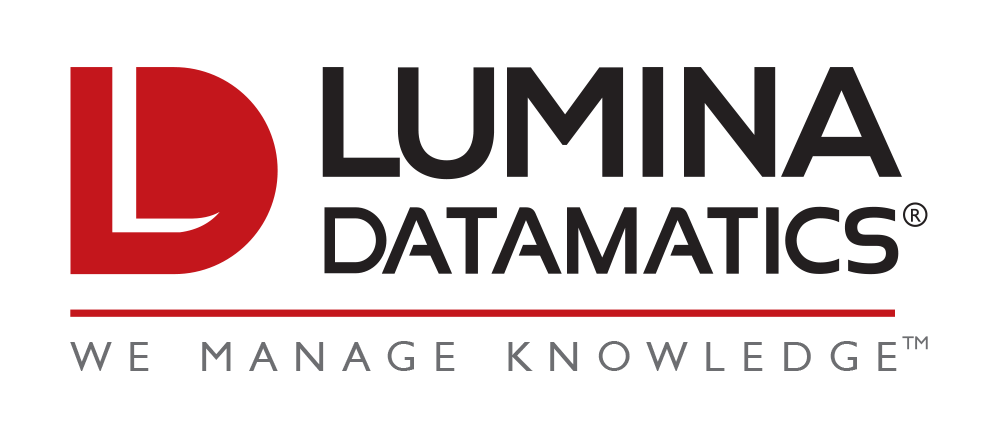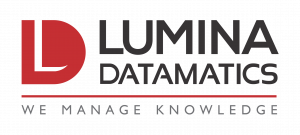Since their inception, institutes of higher learning have been reservoirs of knowledge, creativity, and innovation, nourishing not only their respective students and communities, but the world at large. Over the years this stream of information has resulted in a wealth of intellectual property and an evolution in the way higher education views its role in protecting, sharing, and managing all of it.
A robust intellectual property portfolio has long been a critical component of prominent higher education institutions’ business. Since the 1980 Bayh-Dole Act shook up the nation’s approach to technology transfer by allowing universities to retain rights to government funded inventions and take the lead in patenting and licensing them, schools have been working diligently to build up their processes around securing and licensing patents.
With the growing push toward new and unique learning experiences and opportunities thanks to the digital revolution (and recently further propelled by the COVID-19 crisis), higher education now needs to turn a critical eye to its copyright policies.
While most colleges and universities have written copyright terms, those terms are not always well known or understood by staff or faculty, leading to lots of questions about who owns what content being created by school employees. The growing popularity of Massive Open Online Courses (MOOCs) and other online course development brought on by the pandemic has led to even more questions and a greater need for universities to further clarify their stance on the intellectual property being generated daily on their campuses. Academics are becoming more mindful than ever about the important role intellectual property plays in institutional growth and their rights to their own material as well, making it all the more critical that schools begin to not only navigate this complicated copyright path, but to do so in a way that is collaborative with its entire content-creating population—as soon as possible.
But where to begin? Determining where and how copyright management fits within a large higher education institution can be challenging. There are a number of factors to consider. Here are some key steps to getting started on the important work of building a strong university copyright management strategy:
1. Assess the current process and determine your main goals moving forward.
Things to consider: Who within your organization currently manages or oversees questions related to the copyright status of university-owned or other third-party assets? Does your institution have an existing copyright librarian, Technology Transfer Office, museum director, or marketing team (or even all four) tracking this information together or separately? What are you looking to do with your owned content? Create online courseware, license out to others, develop an internal asset library or rights management system to share across campus, etc.? A solid copyright management plan needs its goals outlined at the onset to ensure a clear path.
2. Promote copyright/IP education at staff and student level.
Things to consider: Has your current intellectual property policy been shared and explained to faculty and staff? Do students understand how the policy impacts IP they themselves develop on campus? Do you have clear copyright education readily available for those at your school using third-party content in order to ensure you are eliminating any potential infringement risk? It is imperative that colleges and universities planning to monetize faculty, student, or staff-aided copyrighted content in any way develop explicit parameters and provide straightforward guidelines to stakeholders. This will allow for a less tumultuous transition if and when an institution decides to utilize their own or shared copyrighted works in the future.
3. Get organized.
Things to consider: At the core of all this planning to ensure a solid, secure, and risk-mitigating copyright management strategy, of course, is the idea that universities will be prepared to track use of not only their own intellectual property, but the use of third-party content as well. This is where a strong digital rights management system, such as Lumina’s RightsPlatform, can help. When preparing to make the transition into a streamlined rights management system, it is important to think about how your data is currently captured, which data points are most useful and/or essential, and what metadata may need to be bolstered to support the plans you outlined in point 1 above. Getting all your IP data across various groups and departments within your institution streamlined and organized is necessary before goals of auditing, monetizing, risk managing, or all of the above can be put into practice.
4. Prepare for the future.
Things to consider: The rapid technological advances happening in society today make it exceedingly difficult for IP and copyright law to keep up with the times. As such, a copyright policy implemented 10 or 20 years ago is certainly not going to sustain itself in the digital future. There will be lingering questions on many gray areas of copyright – and undoubtedly there will be more to come – but universities should be prepared to evaluate their approach as technology and copyright law continue to develop. With the future of education changing just as rapidly, having a clear-cut understanding of your university’s IP will be an essential tool moving forward into the world of immersive digital and blending learning models.
While each college or university is likely to have its own unique approach to assigning copyright to new and emerging technology and content being developed, every institution needs to ensure its digital strategy includes a plan for these valuable assets. Having a rights management system as part of its future technology plan ensures institutes of higher education are equipped with the tools and information needed to mitigate risk and launch new initiatives. A solid and secure intellectual property framework will set the stage for a successful digital future.
Is your institution still working with an asset management strategy that was not designed for today’s digital world? Do you have questions or ideas on how to move forward in this landscape? We want to hear from you! Email Lumina to talk to our team of experts, or visit our website to learn more about Lumina Datamatics or RightsPlatform.





0 Comments